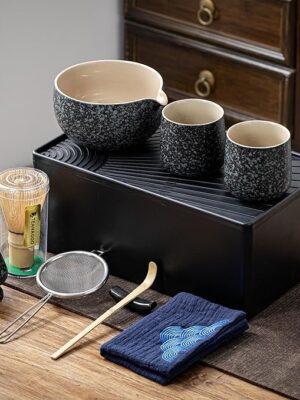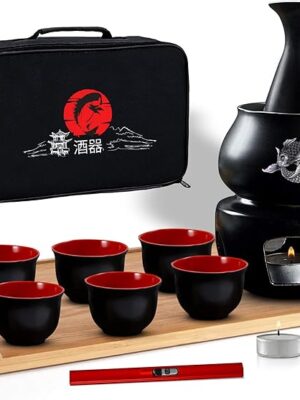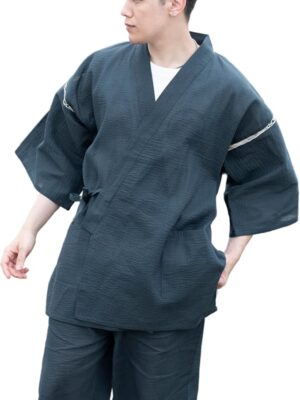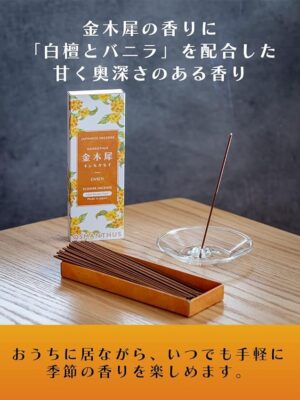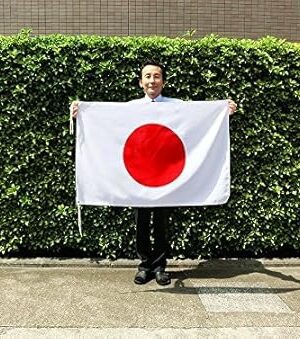From Sunamachi, hinterland of Edo, dive into Kasai across the river in Chiba, and end in farflung Mizue
Amazon Affiliate Linked Japanese Goods Shop
-
Sale!
Miccostumes Anime Corps Cosplay Costume Uniforms
Original price was: $50.$40Current price is: $40. Check it out on Amazon -
Sale!
Men’s Kimono Jimbei SIJIRAORI 100% Cotton
Original price was: $88.$72Current price is: $72. Check it out on Amazon
The Tokyo Promenade of History and Culture
Tokyo Walking Courses such as the Tokyo Promenade of History and Culture (aka 東京歴史と文化の散歩道) unveil the layers of Tokyo, from ancient echoes to vibrant modernity!
15.97 km in Total Length
Sunamachi Shiokaze Walk
Minami Sunamachi Station – Nishikasai 4-chome
Sunamachi was once just an island floating in the sea, but it was reclaimed during the Edo period and developed into Sunamachi Shinden. After Sendai Horikawa Park, head to Hachiman Shrine. During the Edo period, the sea spread south from here, and the shrine was a popular tourist destination. Cross the Arakawa River at Kasai Bridge and enter Edogawa Ward. The Edogawa Heisei Garden was completed in March 1989 at Gyofune Park along the course. The tidal pond, whose water level changes with the tides of Tokyo Bay, is attracting attention.Kasai Ripple Walk
Nishikasai 4-chome – Kasai Rinkai Park 2.9km
It runs south from Nishikasai 4-chome, passing through the green road along the Sakon River, to the JR Keiyo Line. Beyond that is Kasai Rinkai Park, which opened in June 1989. It is a new landmark on the waterfront, with an aquarium with a huge glass dome at its center, a promenade leading to the sea, an artificial beach, and other features designed in a futuristic style. The highlight of the aquarium is the world’s first school of tuna swimming. If you take a water bus, you can also enjoy a sightseeing trip to Hinode Pier.Furukawa Seseragi Walk
Nishikasai 4-chome – Mizue Ohashi Bridge
From Nishikasai 4-chome, walk along Furukawa Shinsui Park. Furukawa Shinsui Park, which has a total length of 1.2 km, was completed in 1971. It is the original water park. Ninoe Shrine, located along the park, is the guardian of the former Ninoe Village. There is an old zelkova tree on the grounds that is said to be over 500 years old. Passing Myosho-ji Temple and Renge-ji Temple, we left Furukawa and arrived at Mizue Ohashi Bridge, which spans the Shin-Nakagawa River.Walk around the Ichinoe headman’s mansion
Mizue Ohashi Bridge – Mizue Station
Cross the Shinnakagawa River at Meiwa Bridge and head towards Daiunji Temple. Daiun-ji Temple has been called the actor’s temple since the Edo period, and is home to the graves of famous kabuki families such as Uzaemon Ichimura, Kikugoro Onoe, Kanzaburo Nakamura, and Koshiro Matsumoto. The Ichinoe Landlord’s Residence is the residence of the Tajima family, who developed the former Ichinoe Shinden rice field and served as the head of the land for generations. The current building was rebuilt in 1774, and is said to be a good representation of the structure of the feudal lord’s residence in the mid-Edo period. After visiting the Tajima family’s family temple, Joryuji Temple, we headed to the final stop, Mizue Station on the Toei Shinjuku Line.



